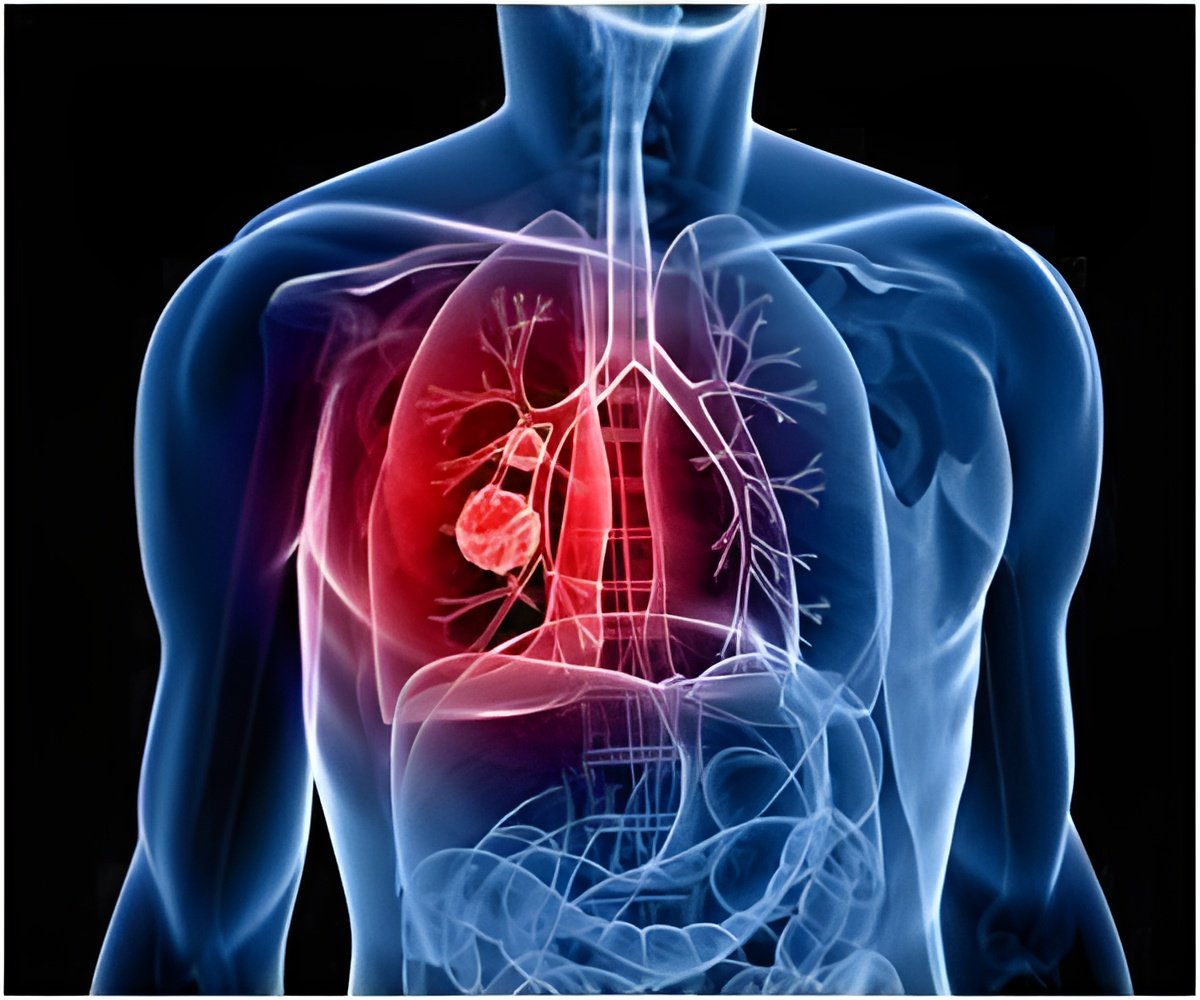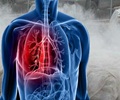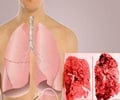A multidisciplinary lung health clinic has been developed to meet the needs of low-income patients and local primary health care, according to Dr. Lisa C. Cicutto.

‘An interdisciplinary learning health care clinic can lead to improved structure, process and patient outcomes.’





She noted that low-income individuals with conditions like uncontrolled asthma and chronic obstructive pulmonary disease have unique needs that extend beyond their primary diagnoses. Access to specialty care, attending health care visits and practicing effective self-care strategies can be significant challenges."We wanted to create a clinic model that provides quality, seamless care that integrates primary and specialty care for low-income individuals who have these challenges, and make sure they don't 'fall between the cracks' of the health care system," said Dr. Cicutto.
The CRCC team met or exceeded most of their goals. For example, at 16 months, they were able to significantly reduce the percentage of "no-shows," from 50 percent to 15 percent. Patient and referring physician satisfaction rates were, respectively, 95 percent and 94 percent at the end of the study period. At the study's baseline, 50 percent of patients used their asthma inhalers properly, while 87 percent demonstrated proper use at the end of the 16 months.
A number of best practices were adopted by the CRCC to achieve these and other significant results. These included creating an interdisciplinary team that included patient navigators - who provided support, education and developed trusting relationships with all patients. The CCRC also used team huddles, strategies to identify high-risk patients, and the provision of walk-in services, among other practices.
Members of the National Jewish Health team immersed themselves in research before opening the CRCC in order to identify best practices and community needs. They reviewed previous studies, ran focus groups and conducted interviews with key individuals. They then developed a clinical care team consisting of two patient navigators, two nurses, a nurse practitioner, a pulmonologist medical director and eight rotating pulmonologists, and trained them on the issues that typically affect community members, as well as how to address these needs in an outpatient clinic.
Advertisement
"I believe that clinics in other cities can apply our program elements," said Dr. Cicutto. "That includes understanding the needs of the local community and identifying strategies that will work with the local scene. Every community has different challenges and strengths that need to be understood to inform and evaluate implemented strategies."
Advertisement
Source-Eurekalert













